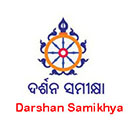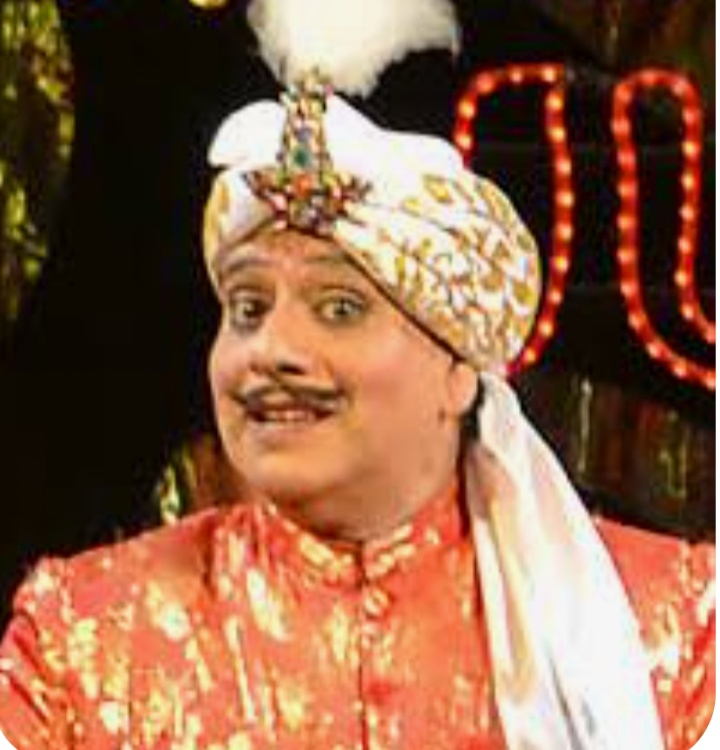Remembering PC Sorcar, the magician whose rope tricks and ‘Indrajaal’ hypnotised the West”
“
The brightly painted marble walls of an isolated house in Ballygunge Place, Kolkata, attract every passer-by. Local shopkeepers and rickshaw pullers call it, “Inderjaal” — with good reason.
For the house belongs to P.C. Sorcar, the greatest magician in Indian history and is named after his magical gimmicks, Indrajaal. A Sanskrit word, it loosely translates as an illusion.
Early life and claim to fame
Sorcar was born Protul Chandra Sarkar on 23 February 1913 in the village of Ashekpur in the Tangail district of East Bengal, now Bangladesh. At school, he was exceptional in Math, but his real calling was magic.”
started with tricks performed for his classmates with school stationery. Soon he changed his family name to Sorcar because it sounded more like the “sorcerer”. As a teenager, he started performing in clubs and theatres of Bengal.
In a bid to get popularity across the country, he decided to call himself “The World’s Greatest Magician”. This unusual ploy worked and invitations to perform in shows started coming his way from across the country.
Reviving the Indianness in magic
Indian magicians at that point were looked down upon by the British. India, to the Western world, was a land of snake charmers and street magicians. These street magicians were perceived to be crude and unskilled.

Sorcar’s shows were not just about the mastery of illusory magic, they were a proud reflection of India, the then mystical land.
The brightly painted marble walls of an isolated house in Ballygunge Place, Kolkata, attract every passer-by. Local shopkeepers and rickshaw pullers call it, “Inderjaal” — with good reason.
For the house belongs to P.C. Sorcar, the greatest magician in Indian history and is named after his magical gimmicks, Indrajaal. A Sanskrit word, it loosely translates as an illusion.

It started with tricks performed for his classmates with school stationery. Soon he changed his family name to Sorcar because it sounded more like the “sorcerer”. As a teenager, he started performing in clubs and theatres of Bengal.
Reviving the Indianness in magic
Indian magicians at that point were looked down upon by the British. India, to the Western world, was a land of snake charmers and street magicians. These street magicians were perceived to be crude and unskilled.
His publicity design was relentless and steeped in Indianness. His extravagant magic shows began with a ritualistic drawing of a mandala pattern on stage and lighting of an oil lamp before the portrait for Goddess Durga. Dressed as the Rajput royalty, Sorcar presented his magic tricks.
He was the master of grand stage acts like the famous “Water of India” where an earthen pot would always be filled with water up to the brim. Sorcar would throw away the water from time to time and yet the pot would be filled to the brim. His X-Ray vision, drum illusion and the floating lady took him to higher echelons of fame.”
Stages would be designed to look like the Taj Mahal and circus elephants raised their painted trunks to welcome audiences as they arrived. It was a smart production, with intricately painted backdrops and sophisticated lighting. A crew of highly professional attendants made sure that the pace of the show never flagged.
Newspapers and journals were soon filled with brilliant reviews of the dark-skinned Indian magician who had taken the world by storm.”


